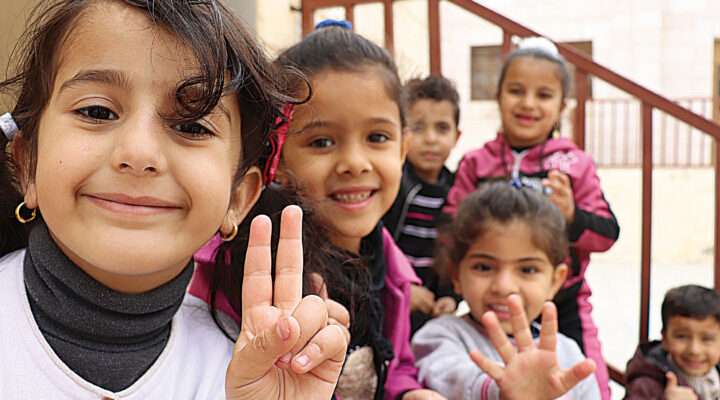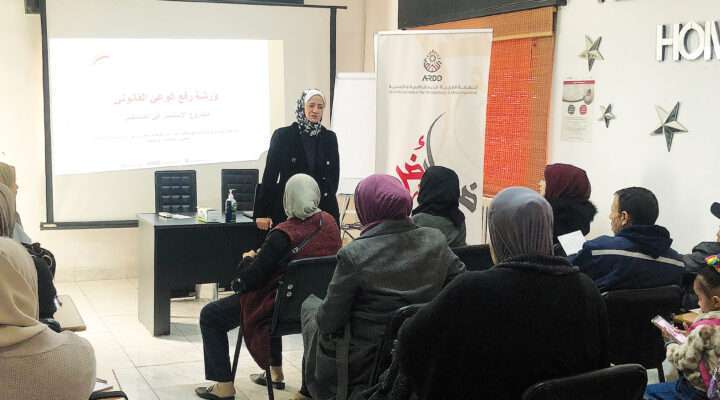Charity in Jordan
Our NGO's projects in Jordan
Refugee Support, Integration, Education, and Medical Care
Jordan is home to a substantial refugee population hailing from Syria, Iraq, Yemen, Sudan, and Somalia, with over 760,000 individuals registered with the UNHCR. The Jordanian aid system, including many Jordanian charity initiatives, primarily focuses on Syrian refugees, leaving non-Syrian refugees in a particularly vulnerable situation.
Since 2001, Jordan’s population has increased fivefold, resulting in resource shortages, growing income inequality, and increased poverty. Especially in rural areas, refugees find themselves in competition with the local population for limited resources. Jordan holds the second-highest number of refugees in the world relative to its own population.
Refugees, especially those from minority groups, face significant educational challenges due to language barriers and legal obstacles, further exacerbated by discrimination. In the third quarter of 2020, Jordan’s unemployment rate reached 24%, with significant gender disparities. Women’s labor force participation is less than 15%, while it’s around 60% for men.
Vision Hope International e.V. (VHI) has been operating as NGO in Jordan since 2013 with a strong commitment to the well-being of minority refugees and the advancement of employment opportunities. Their work, supported by other charity Jordan initiatives, focuses on supporting education and the integration of these communities.
Jordanian society places a strong emphasis on schooling; however, educational opportunities for refugee children remain limited. They are five times less likely to attend school than their local peers, and their classes, often below the national standard, are sometimes separate from those of Jordanian children. This system leads to poor social cohesion within communities that host large numbers of refugees, as well as refugee children quickly falling behind in their education. Our efforts as a charity in Jordan are essential in bridging this gap and improving educational outcomes for these children.
Women bring tremendous strengths to a country’s economic development, but they often face barriers to employment, including lack of vocational training and gender discrimination. The Vocational Training project targets unemployed Jordanian women living in rural areas by providing them with job skills and mentorship in opening their businesses or finding employment.
#StrongWomen: In Jordan, we are training more than 400 women in composting, care for the elderly and daycare for children – professions that they can pursue without major hurdles and that at the same time provide them with financial security, independence and approval.
The investment in these women has a highly multipliying effect: With the income they can provide for their families and at the same time the economic situation of their communities is strengthened. Donate now for Strong Women for Strong Communities!



